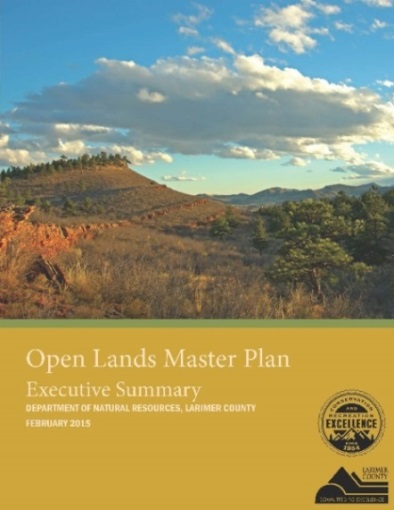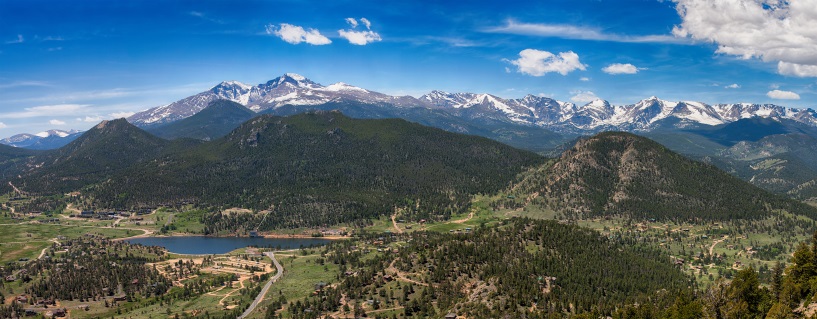Table of Contents

 Often the most effective way for government to protect an area is to acquire it. For the purposes of this document, the term “land acquisition” refers to the acquisition of private land by the government (local, state or federal) in fee simple (through purchase or donation). The related concept of acquiring conservation easements is discussed separately. Across Colorado, land acquisition is a tool that can help local governments achieve multiple community goals, such as watershed protection and provision of open space and parks. Land acquisition also can be an important mitigation technique to protect against hazards, by removing the development potential from vulnerable areas. Examples of lands that might be considered for acquisition for community hazard mitigation purposes include floodplains, areas of high wildfire risk, stream corridors, steep slopes, and/or other geologic hazards.
Often the most effective way for government to protect an area is to acquire it. For the purposes of this document, the term “land acquisition” refers to the acquisition of private land by the government (local, state or federal) in fee simple (through purchase or donation). The related concept of acquiring conservation easements is discussed separately. Across Colorado, land acquisition is a tool that can help local governments achieve multiple community goals, such as watershed protection and provision of open space and parks. Land acquisition also can be an important mitigation technique to protect against hazards, by removing the development potential from vulnerable areas. Examples of lands that might be considered for acquisition for community hazard mitigation purposes include floodplains, areas of high wildfire risk, stream corridors, steep slopes, and/or other geologic hazards.
Land acquisition as a tool for protecting sensitive areas involves obtaining buy-in from the community’s leadership and from the property owner. Implementing land acquisition programs requires political will, community support, and funding. For this reason, land acquisition can be one of the more difficult tools to implement.
Often times, especially when done for hazard mitigation purposes, local communities will pursue the acquisition of individual land parcels on a case-by-case basis. Such was the case in 2011 when Cañon City successfully acquired a flood-prone residential property that had been experiencing repetitive losses and had become a chronic problem for the City’s Engineering Department. Although not located in a mapped special flood hazard area, the home was built in an area that saw heavy stormwater runoff and would suffer flooding during even fairly small rainfall events. Through the assistance of a FEMA hazard mitigation grant and in coordination with the homeowners, who were eager to relocate, the City was able to acquire the property and replace the structure with permanent green space. The site is now filled with natural vegetation and serves to absorb stormwater flows and reduce the potential flood risk for neighboring properties (Best Practices, 2014, p. 23-24).
Some of the benefits of land acquisition include:
- Complementing policies and strategies found in a community’s comprehensive plan or other plans associated with future land use, open space preservation, hazard mitigation, floodplain management, community wildfire protection planning, parks and recreation, and environmental protection.
- Promoting natural resource protection as a hazard mitigation technique.
- Providing locations for citizens to recreate.
- Protecting environmentally sensitive areas.
- Achieving the above objectives through a permanent solution versus relying on land development policies or regulations which may be changed over time.
- Preventing property damage and loss of life, thereby reducing public and private resources expended on disaster recovery.
- Preserving habitat for threatened species.
- Removing land from development pressure that might otherwise be highly desirable to developers.
- Likely the greatest challenge for communities in implementing land acquisitions is the amount of money it takes to purchase sensitive lands.
- Land acquisition also requires resolving complicated coordination issues.
- Communities need a higher level of technical expertise to administer land acquisitions.
- Any land a jurisdiction acquires may be subject to easements that dictate how the land is to be maintained and used. If the land is located in a hazard area, staff must consider whether the easement requirements allow specific mitigation activity on the land.
- Finally, as previously mentioned, land acquisitions requires political will, community support, and financial capital, which may be challenging to obtain.

